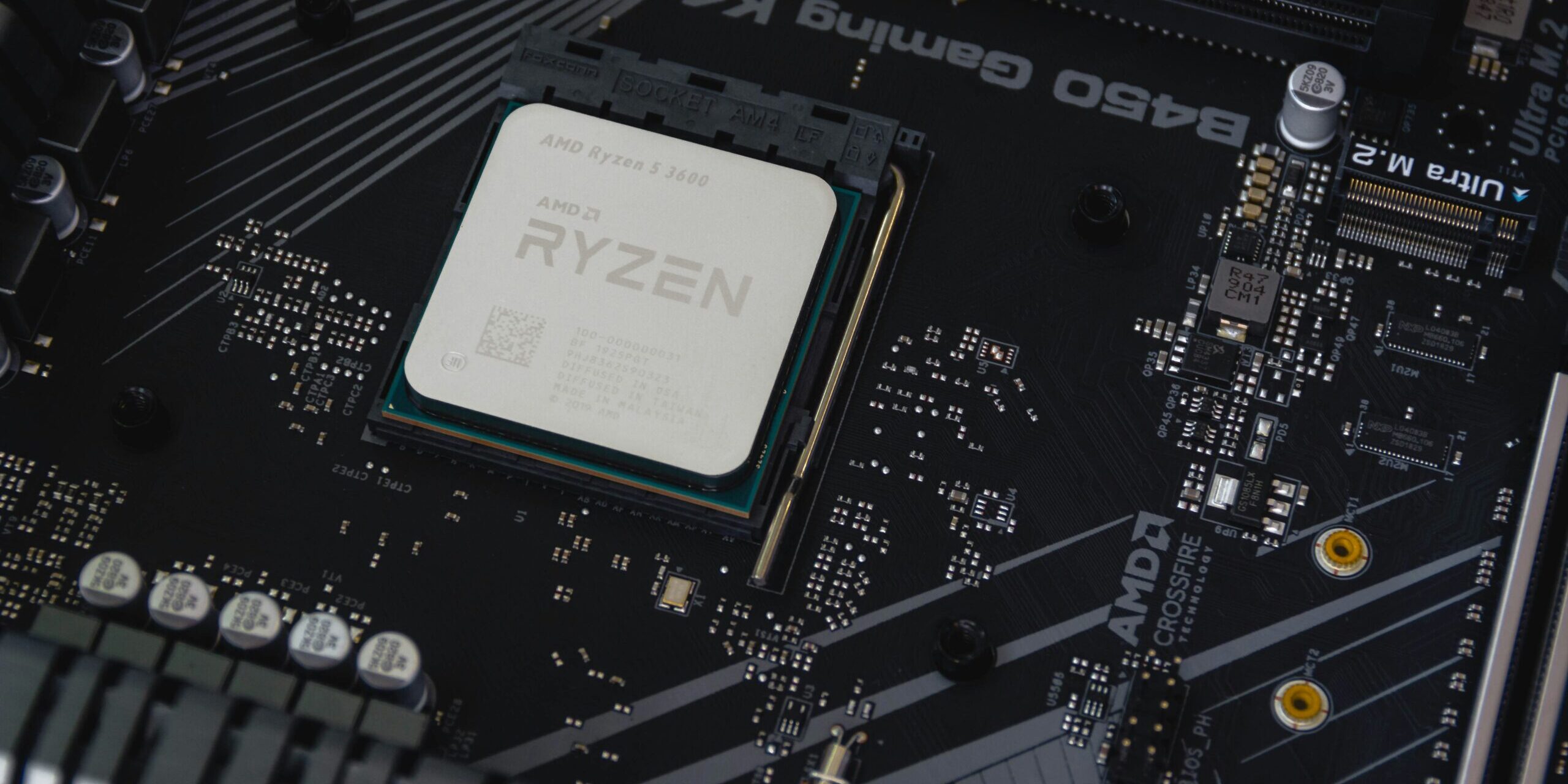The global semiconductor supply chain is undergoing significant changes, driven by geopolitical factors and post-pandemic adjustments. Research indicates that this shift is creating two main segments: China’s domestic supply chain and a non-China supply chain. Recent U.S. tariff increases have accelerated this trend, according to industry analysts.
A new joint venture announced on June 5th highlights this shift. Plans have been unveiled for a new 12-inch wafer plant in Singapore, reflecting the broader trend of global supply chains moving “Out of China, Out of Taiwan” (OOC/OOT). This move is part of a strategy by Taiwanese companies to enhance their regional capacity and competitiveness by expanding overseas.
Geopolitical tensions have increased demand for OOC/OOT production sites, prompting companies to diversify their sourcing, production, and shipping across different countries. This approach aims to reduce the risk of supply chain disruptions caused by political or natural events. The Covid-19 pandemic highlighted the world’s over-reliance on China for electronics manufacturing, spurring these changes.
The new plant in Singapore will produce 300mm semiconductor wafers, targeting sectors such as automotive, industrial, consumer, and mobile. The facility will employ mixed-signal, power management, and analog product technologies licensed from a leading semiconductor company. Construction is set to begin in the second half of 2024, with initial production expected by 2027. The plant is projected to produce 55,000 300mm wafers per month by 2029.
Currently, Taiwanese companies are aggressively expanding overseas. Notable firms with existing overseas facilities are ramping up their expansion plans, with new plants planned in the U.S., Japan, Germany, and India. The trend is expected to increase the overseas capacity share of these companies significantly by 2027.
Geopolitical tensions are driving long-term OOC/OOT demand from customers in Europe, the U.S., Japan, and South Korea. Meanwhile, China’s domestic production continues to compete with international supply chains, highlighting the growing bifurcation in the market.
However, concerns are rising about a potential global oversupply of mature process capacity, as the cost of overseas plant construction and inflation continues to pose challenges.
The new joint venture emphasizes geographic diversification as a crucial strategy for meeting customer demands and diversifying manufacturing capabilities. The total cost of the new fab is estimated at $7.8 billion, with significant equity investments from the joint venture partners. The project is expected to create approximately 1,500 jobs in Singapore, with the possibility of further expansion based on future commitments.
#ICTTMNews #BreakingNews #SupplyChainNews #SemiconductorUpdate #GlobalTrade #TechIndustryNews #BreakingNews







